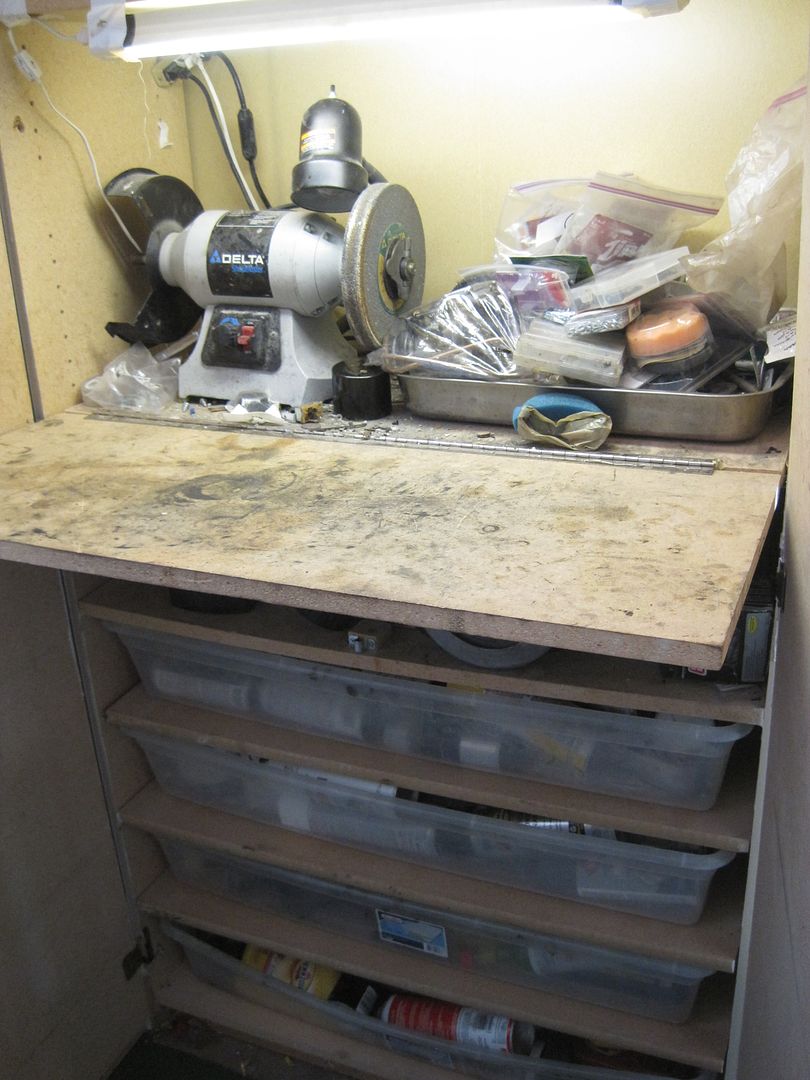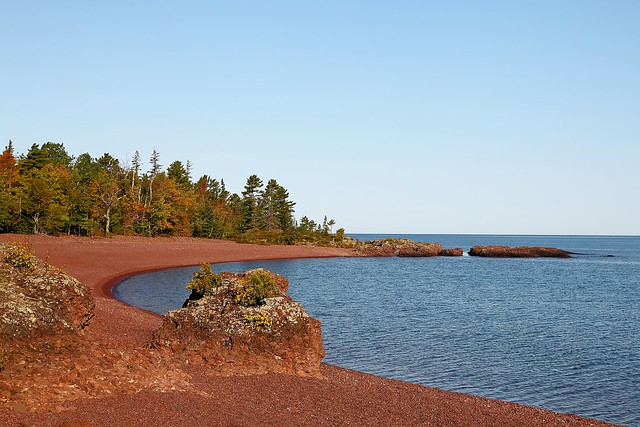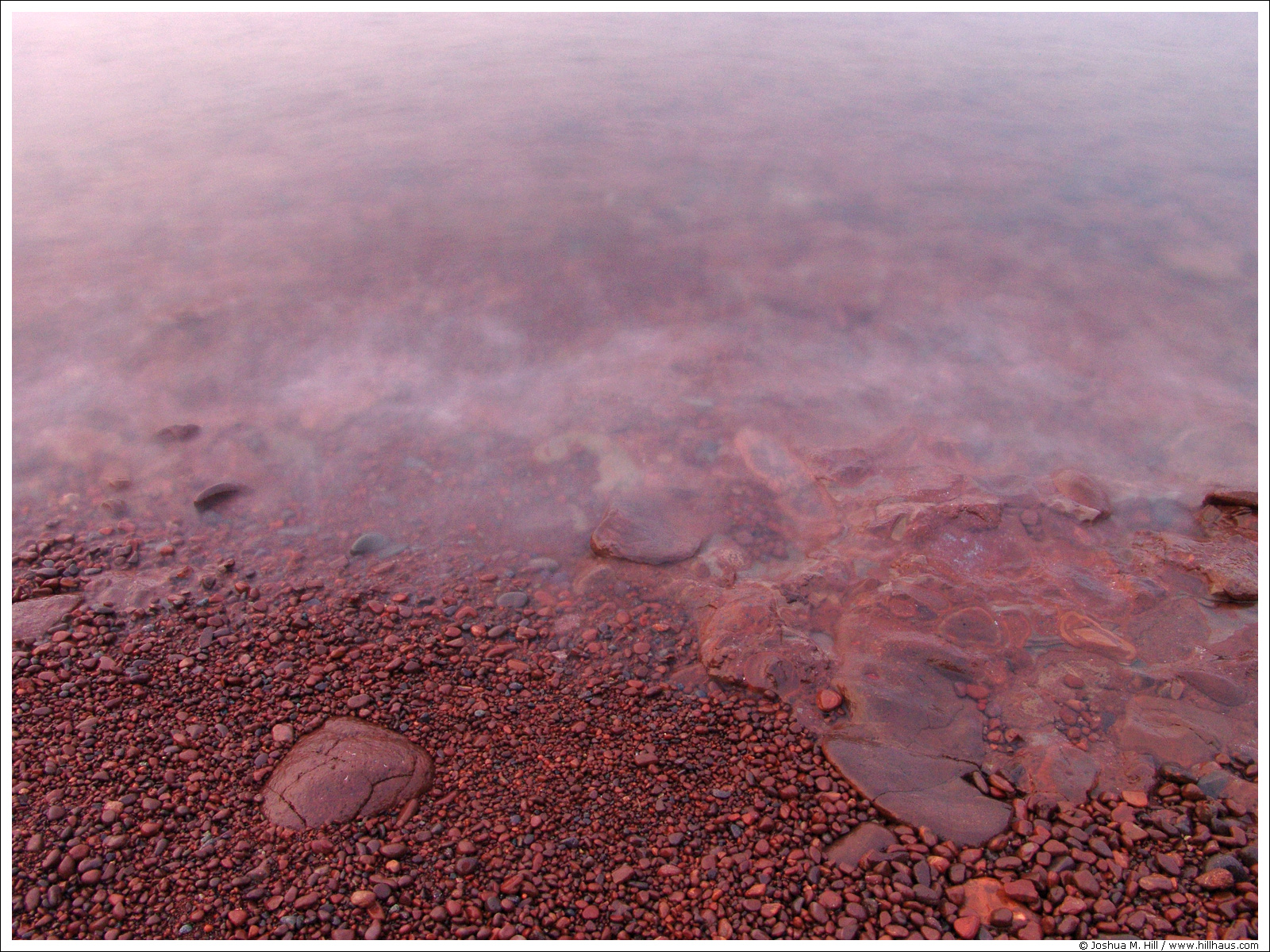1. Live Food Closet
I have a small closet in my fish room that I am going to devote to culturing live fish food. The dimensions of the closet are 30"x60"84" tall. There are three shelves which I will culture Grindal Worms and Red Worms on. On the floor will be Greenwater, Daphnia (Moina or Russian Red, can't decide), Ramshorn snails, Cambarellus Shufeltdi, Heterandia formosa, Gammarus Scuds, and Neocaridina heteropoda var. red. On the opposite wall to the shelves I will culture blackworms.
a.Greenwater, Daphnia, and Ramshorn Snails
I will use 4 10.25 gallon wastebaskets as the culturing containers. The two further back will be placed about 4-6 inches higher than the other two. Each of the higher two for Greenwater will be equipped with blue LEDS, a led plant bulb, and a solenoid. The solenoids will be plugged into a timer, opening for a few minutes a day to feed the Daphnia cultures in the lower containers. The Daphina cultures will contain Ramshorn snails as well.
b. Mixed Culture
I have a low sitting tub that is about 20-25 gallons. I will have an in tank sump for filtration and circulation. The tank will be filled with PVC caves and fake plants to allow hiding spaces that can be easily manipulated when searching for the inhabitants.
c. Scuds
As for the scuds, I am not terribly sure. I have heard that they do well in tall containers with an air stone and leaves at the bottom and many spawning mops or rolls of plastic mesh.
d. Blackworms
For the Blackworms I plan to have a series of rain gutters which zig zag down the wall (The area for the Blackworms) until falling into a 10 gallon sump filled with bio-media. There will be an extra iceprobe chiller that I have lying around in the sump also to slightly cool the water. A pump will send water back to the top of the system, and it will continuously flow, which is ideal for Blackworms.
2. Darter System
This is a combination of aquariums for the sole purpose of reering Darters. A picture will explain much better than words.
 Breeder Rack.png 162.62KB
12 downloads
Breeder Rack.png 162.62KB
12 downloads3. Quarantine, Nursery, Holding, and Shipping tanks
Underneath a section of the large counter that runs the length of my fish I will have 4 10 gallon aquariums, all planted and equipped with HMF filters, will serve the purpose of housing new fish, raising young from my pond, holding fish while tanks are being moved, and housing fish prior to shipping them.
4. Replacing my 125
I am very unhappy with my 125 gallon. I have had a very hard time getting proper filtration on the system. I am completely incapable of drilling any of the tank. I have had many problems with electrical due to me being forced to jury rig everything because it is a homemade tank that isn't quite square in the corners. It is also very ugly with it's inch and a quarter thick glass. So, I have decided to get rid of my 125 and instead build an 8 foot plywood and Pond Shield paludarium. The water section will be 16-18 inches deep, with the upper portion of the tank having sliding panels for easier access. This tank will be stocked similarly to my pond, allowing me to enjoy the inhabitants of my pond during the winter and it will allow me to observe how the fishes interact more closely. The tank will be filtered by plants, an HMF filter, and a DIY canister as you can see here:
I will have a rough sketch of the tank shortly.
5. 47 Gallon Sunfish Cube
For the few sunfish I'm not being forced to get rid of due to problems with my 125, I will be combing two 20 gallon longs into a 30x30x12 cube which will be planted and filtered via some form of high power filtration, likely a canister filter as they are more quiet and this tank will be in my room.
Thanks for reading my ideas. If you have any questions, feel free to ask!

















